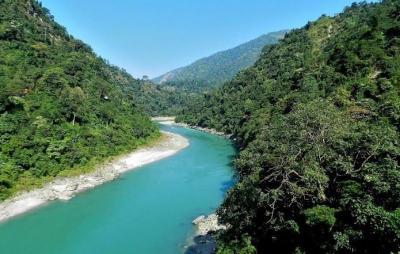
Did you know that the Himalayas are actually made up of three parallel mountain ranges? These are the greater Himalayas known as the Himadri, the Lesser Himalayas called the Himachal and the Shivalik hills which comprise the outer Himalayas or the foothills.
The Greater Himalayas is the highest mountain range of the Himalayan range. It includes the world’s highest peak Mt. Everest and other “near-highest” peaks such as Kanchenjunga, Nanga Parbat and Lhotse, all of which are above 8,000 m.
The lesser Himalayas are a major east-west mountain range running parallel to the Greater Himalayas from the Indus River in Pakistan across northern India, Nepal and Bhutan. The Pir Panjal is the largest range of the lesser Himalayas.
The lesser Himalayas also run parallel to the outer Himalayas or the Shivalik range. The Shivalik range extends 1,600 km from the Teesta River in Sikkim through Nepal across north-western India into Pakistan. This range is around 10 – 50 km wide with an average elevation of 1,200 m. It is also called Churia hills and is the site of the Soanian archaeological culture.
Picture Credit : Google



